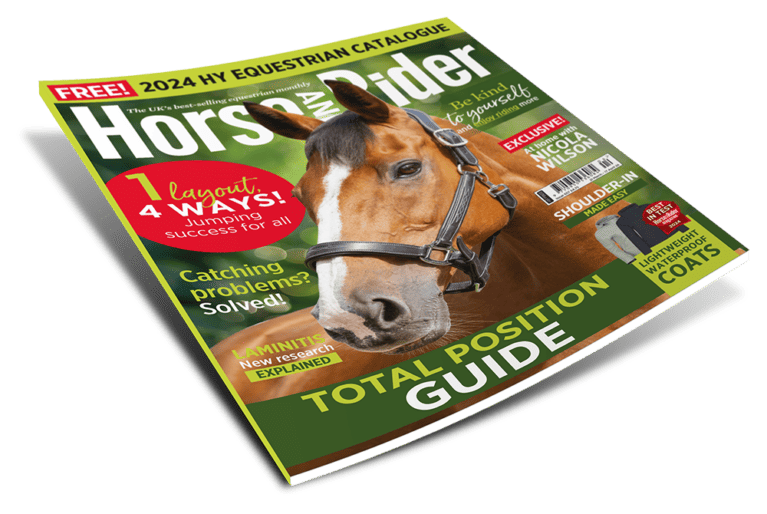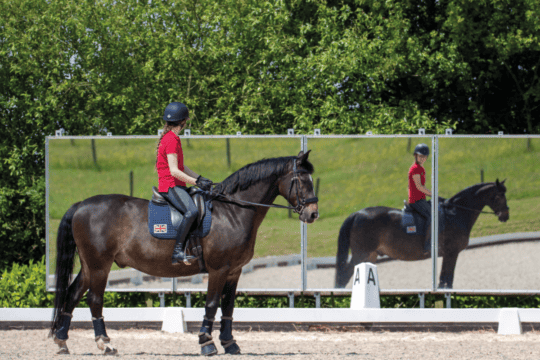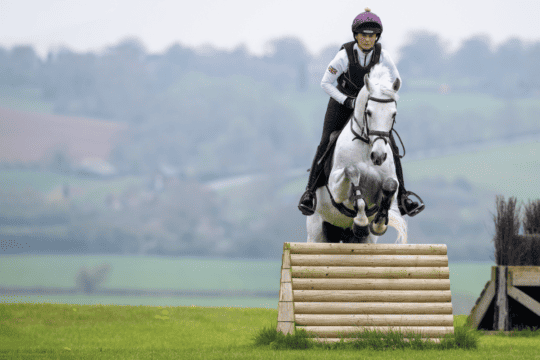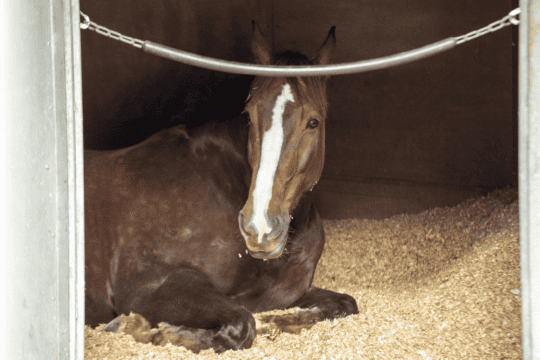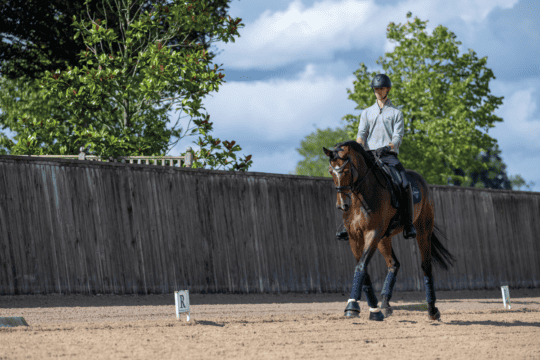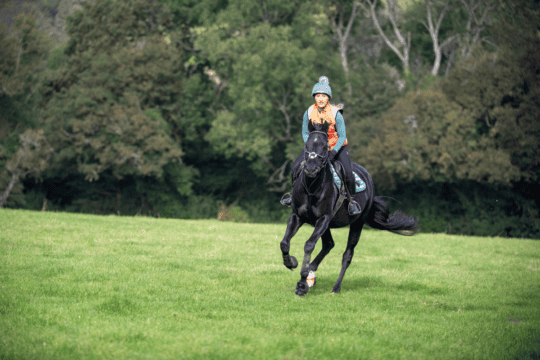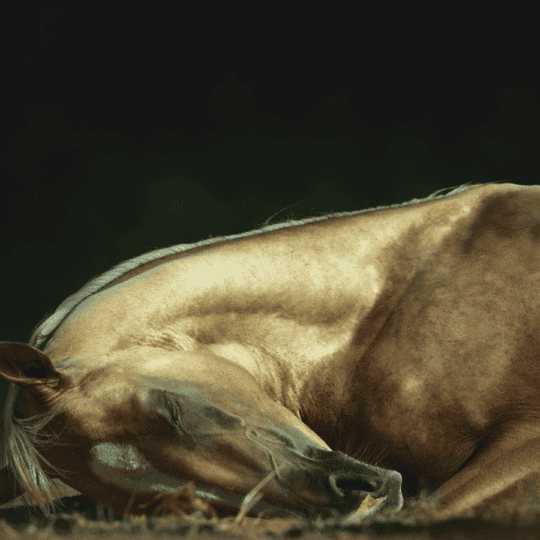Baileys winter inspiration – part 4
Posted 30th January 2020
Learn how to manage your horse like top riders, Mary King and Chris Burton, and get ready for a super-successful 2020!
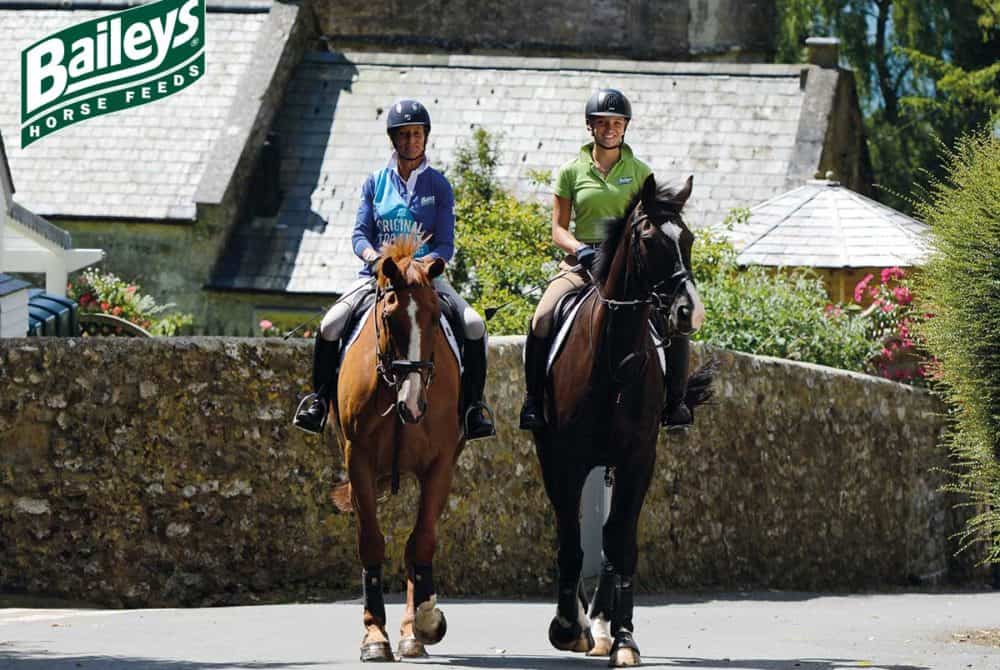
Welcome to the fourth part of our winter training series. So far, we’ve explored different exercises to build your horse’s muscle and develop his way of going, thanks to our expert trainers Mary King and Chris Burton. We’ve also looked at how your horse’s diet affects his ability to perform well. This issue, we’re exploring the final side of the triangle of success – management. No matter how good your training, or how high quality and well-planned your horse’s diet, if he’s not managed in the best way he won’t be able to deliver the results he’s capable of.
Read on to find out how our trainers, Chris Burton and Mary King, manage their horses to achieve such amazing results and learn how to apply their tips to your horse.
Heads down
Mary and Chris agree that allowing your horse as much time out of the stable as possible is beneficial both physically and mentally. Mary explains, “The movement will help ease any stiffness and, if your field is hilly, so much the better, because your horse will naturally have to use himself while grazing, and this can make a huge difference to his overall strength.”
Both Mary and Chris choose to feed hay from the floor, rather than a net, because this encourages horses to eat in a more natural position that’s beneficial for a number of reasons, from encouraging natural alignment and wear of the teeth to improving drainage from the upper respiratory tract. It also helps avoid any stiffness or incorrect muscle development in the neck, which can result from tugging at nets, and allows horses to stretch through their topline.
Forage management
While it’s important to consider your horse’s type and temperament when planning his diet, some general principles apply to all horses. Ensuring optimum fibre intake is essential for gut health and digestive efficiency. Good-doers are often in danger of being given insufficient forage in an attempt to control their waistline, which can leave them hungry as well as at risk of gastric ulcers, an unwelcome by-product of being left for long spells without forage.
Ad lib access to forage is recommended for all horses. Whether your horse is a good- or poor-doer, use a weightape to estimate his weight, then weigh his feed, which should be no less than 1.5% of his bodyweight for a good-doer or around 2% for a poor-doer. If your poor-doer isn’t eating his full ration, he’s missing out on calories and his gut health and digestive efficiency is likely to suffer, too.
In association with baileys.co.uk
Pick up a copy of Spring Horse&Rider, on sale 6 February, for more great management advice from top riders Mary King and Chris Burton.

